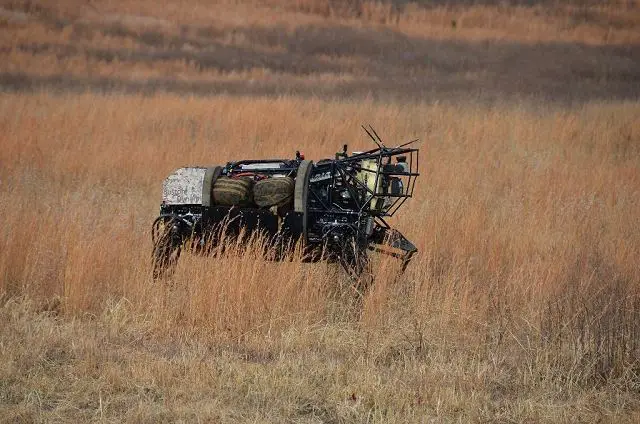Breaking news
Field tests in military conditions for the LS3 Legged Squad Support System four-legged robot 2212122.
| a | |||
Defence News - United States |
|||
| |
|||
| Saturday, December 22, 2012, 03:48 PM | |||
| Field tests in military conditions for the LS3 Legged Squad Support System four-legged robot. | |||
For
the past two weeks, in the woods of central Virginia around Fort Pickett,
the LS3 Legged Squad Support System (LS3) four-legged robot has been showing
off its capabilities during field testing. Working with the Marine Corps
Warfighting Laboratory (MCWL), researchers from DARPA’s LS3 program
demonstrated new advances in the robot’s control, stability and
maneuverability, including "Leader Follow" decision making,
enhanced roll recovery, exact foot placement over rough terrain, the ability
to maneuver in an urban environment, and verbal command capability. |
|||
|
|||
The
LS3 program seeks to demonstrate that a highly mobile, semi-autonomous
legged robot can carry 400 lbs of a squad’s equipment, follow squad
members through rugged terrain and interact with troops in a natural way
similar to a trained animal with its handler. The robot could also be
able to maneuver at night and serve as a mobile auxiliary power source
to the squad, so troops can recharge batteries for radios and handheld
devices while on patrol. The DARPA platform developer for the LS3 system is Boston Dynamics of Waltham, Mass. |
|||
Video
DARPA LS3 |
|||



























